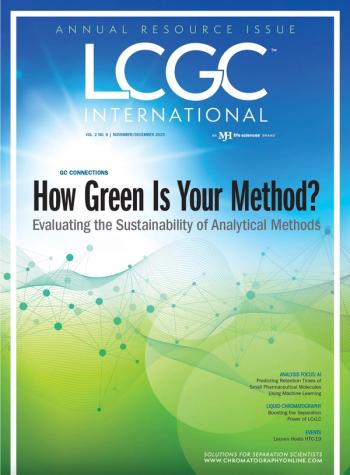
Phenomenex wins R&D 100 Award
Phenomenex has received a 2010 R&D 100 award for its HPLC column technology. This marks the fifth consecutive year that the company has received the award.
Phenomenex has received a 2010 R&D 100 award for its HPLC column technology. This marks the fifth consecutive year that the company has received the award. According to president and CEO Fasha Mahjoor, “This reflects the depth of our product development pipeline and the fast pace at which we are able to bring new technologies to market.”
The awards, determined by an independent judging panel and the editors of R&D Magazine, recognize the 100 most technologically significant products introduced during the past year. Winners this year represent a broad range of industries and include well-known organizations such as Toyota Motor Corporation, Intel Corporation, Siemens Medical Solutions, NASA and 3M Company.
Talking about the column technology, Jeremy Bierman, brand manager for Phenomenex said that it “will have a profound impact on labs worldwide, especially where researchers face tight budgets and the need to quickly improve productivity.
“It has been exciting to hear how scientists are leveraging this technology in areas such as pharmaceutical development, clinical chemistry and food safety.”
For more information, visit
Newsletter
Join the global community of analytical scientists who trust LCGC for insights on the latest techniques, trends, and expert solutions in chromatography.



